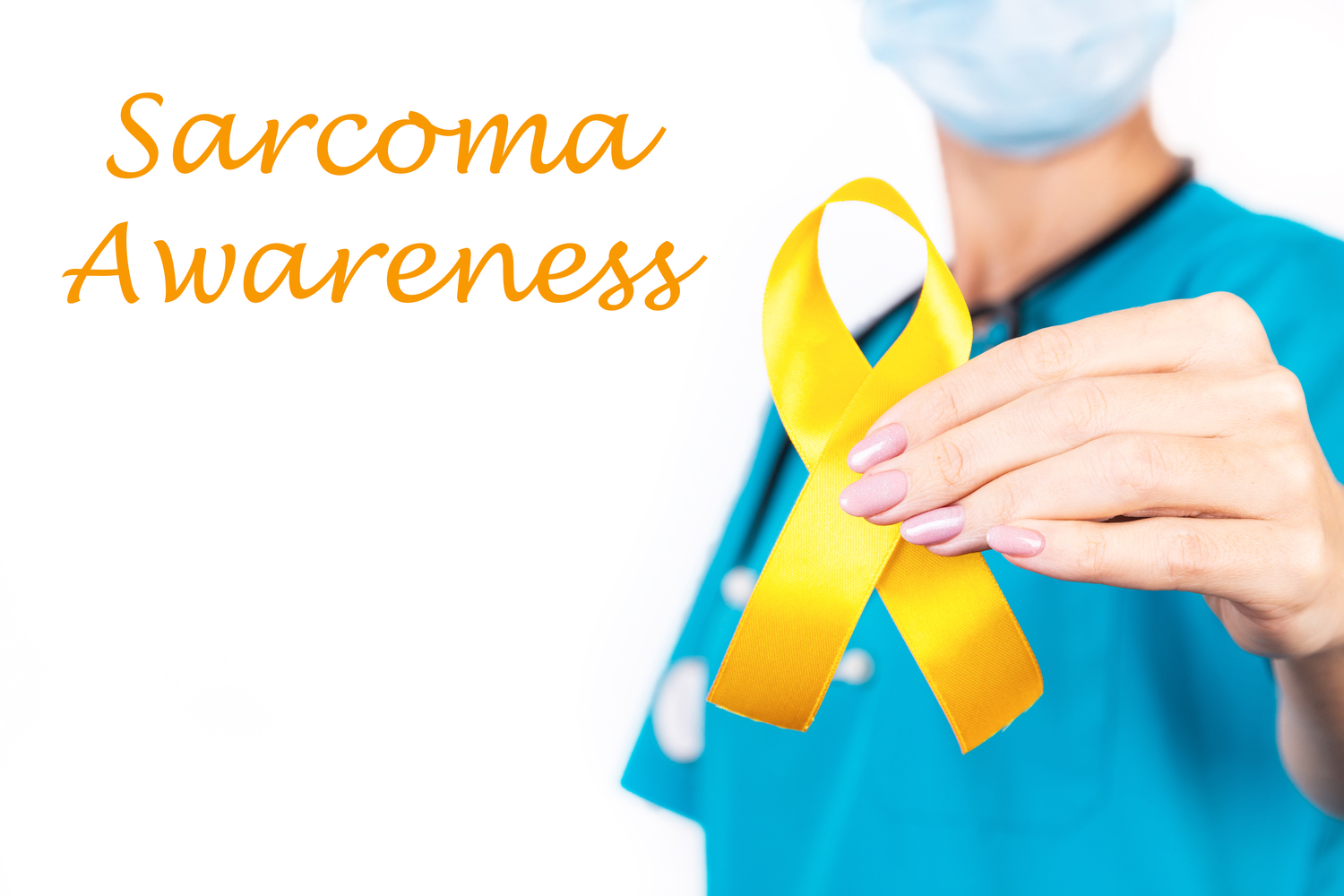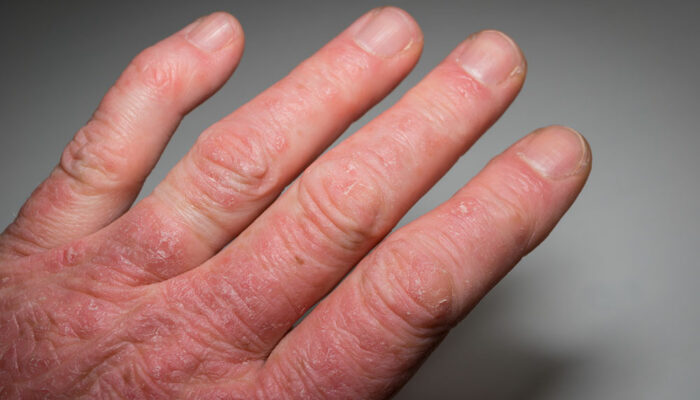
5 Common Factors That Elevate Sarcoma Risk
Several factors influence one’s risk of developing sarcoma, but people with one or more risk factors might not always be diagnosed with the condition. In some other cases, sarcoma might not exhibit any symptoms. Understanding the risk factors for sarcoma can facilitate early diagnosis and timely treatment, so here are some factors one should be aware of:
1. Genetic factors and inherited disorders
Anomalous genes can be inherited and can make a person more vulnerable to certain types of benign and life-threatening cancers. Basal cell nevus syndrome, Bloom syndrome, Familial Adenomatous Polyposis (FAP), Gardner’s syndrome, hereditary retinoblastoma, Li-Fraumeni syndrome, Maffucci syndrome, Neurofibromatosis type 1, tuberous sclerosis, and Werner syndrome are some of the inherited diseases that act as risk factors for sarcoma.
2. Age and gender
Older males are more at risk of developing sarcoma than females, but both men and women in the age group of 10-30 and individuals over 60 are at risk of developing sarcoma cancer. Growing children and teenagers experiencing puberty, especially those who are tall for their age, also face a higher risk of acquiring this condition. The strong link between the rapid development of bones and the increased risk of tumor formation might be the reason for this elevated risk.
3. Exposure to radiation
Although rare, any previous exposure to radiation increases the risk of soft tissue sarcoma and osteosarcoma. External Radiation Therapy (ERT) is the most commonly used treatment method for retinoblastoma, breast cancer, cervical cancer, or lymphoma, and ERT is also used to treat thyroid or blood disorders in isolated cases. ERT is used either before surgery (for cancer) to reduce the size of a tumor or to destroy any remaining cancer cells after surgery. Exposure to radiation is another risk factor for sarcoma, and the higher the dose of radiation, the higher is the risk. That said, X-rays and other routine diagnostic tests do not pose any sarcoma risk.
4. Susceptibility to chemicals
Unprotected, long-term, high-dosage exposure to certain carcinogenic chemicals like vinyl chloride, dioxin, chlorophenols, arsenic, or herbicides can increase the risk of sarcoma. Air, water, or soil polluted with such chemicals can substantially instigate the growth of malignant sarcomas.
5. Other factors
Diseases like lymphedema, which is a chronic condition that leads to excess body fluids (lymph) collecting in tissues and causing swelling and infection, are another significant risk factor for sarcoma. Likewise, Paget’s disease can be hereditary or result from a viral bone infection. It can also elevate the risk of sarcoma. Osteochondroma, a condition in which an overgrowth of cartilage and bone affects the bones in the shoulders, pelvis, or legs, also increases the risk of sarcoma. Besides, individuals with weak immunity are at greater risk of developing sarcoma.
Risk factors like age, gender, or genetics cannot be controlled, but sarcoma risk can be lowered by incorporating certain lifestyle changes. So, one should make smart health choices to minimize the risk of developing this disease.



